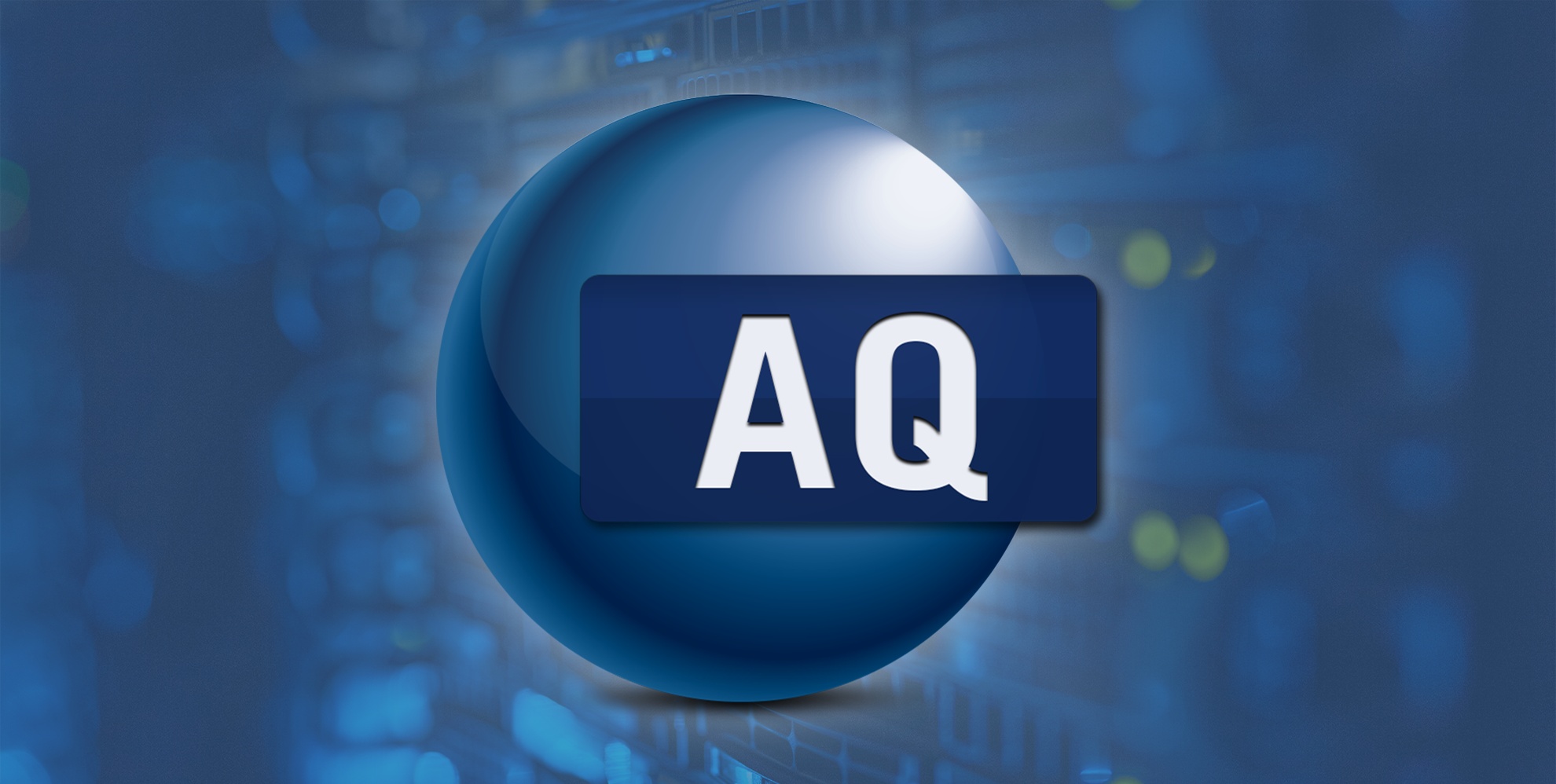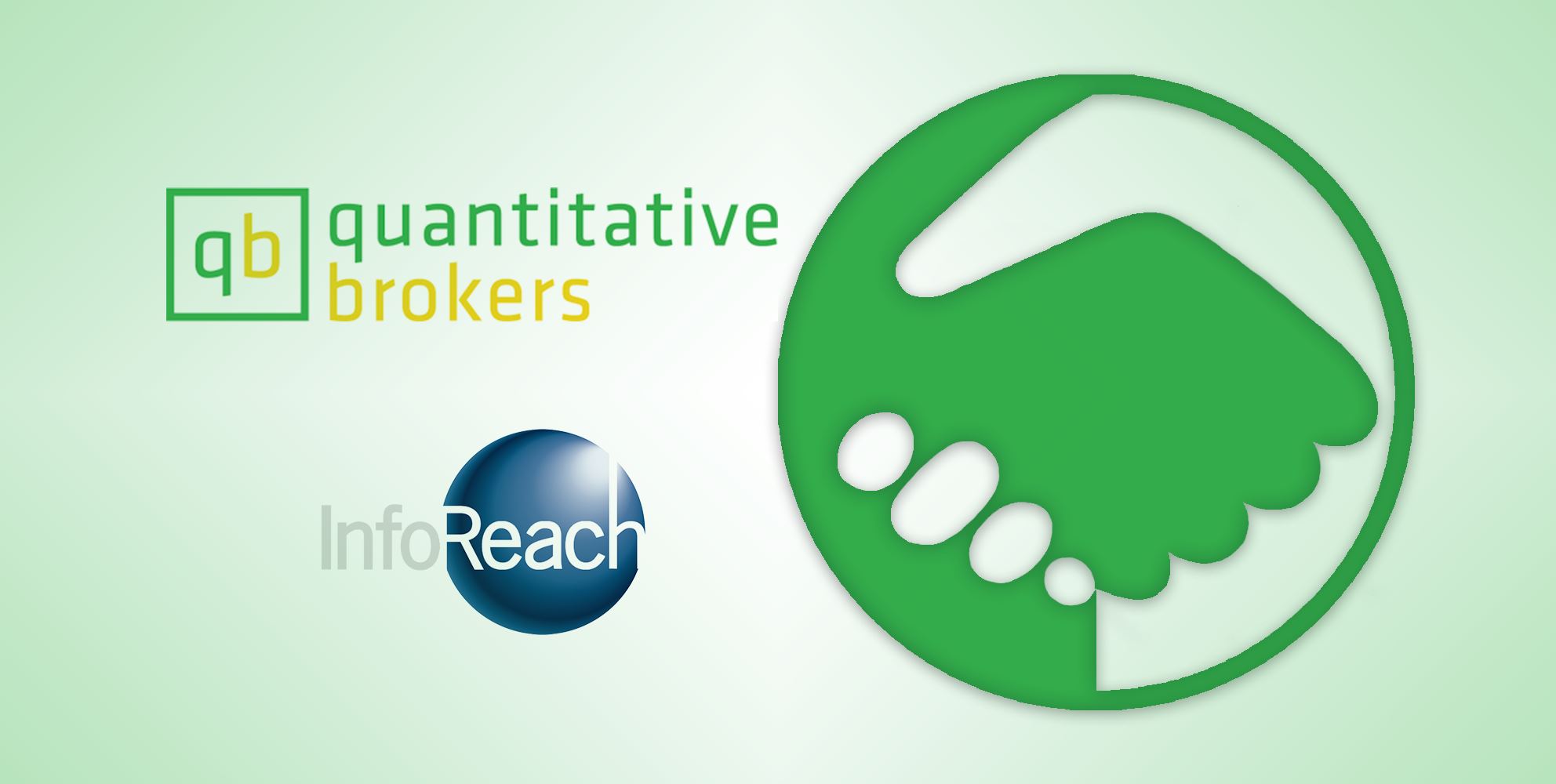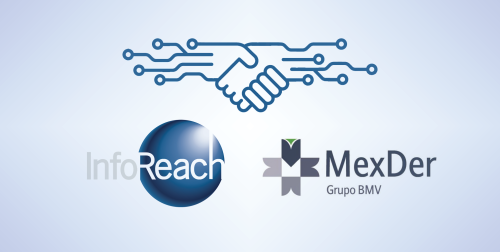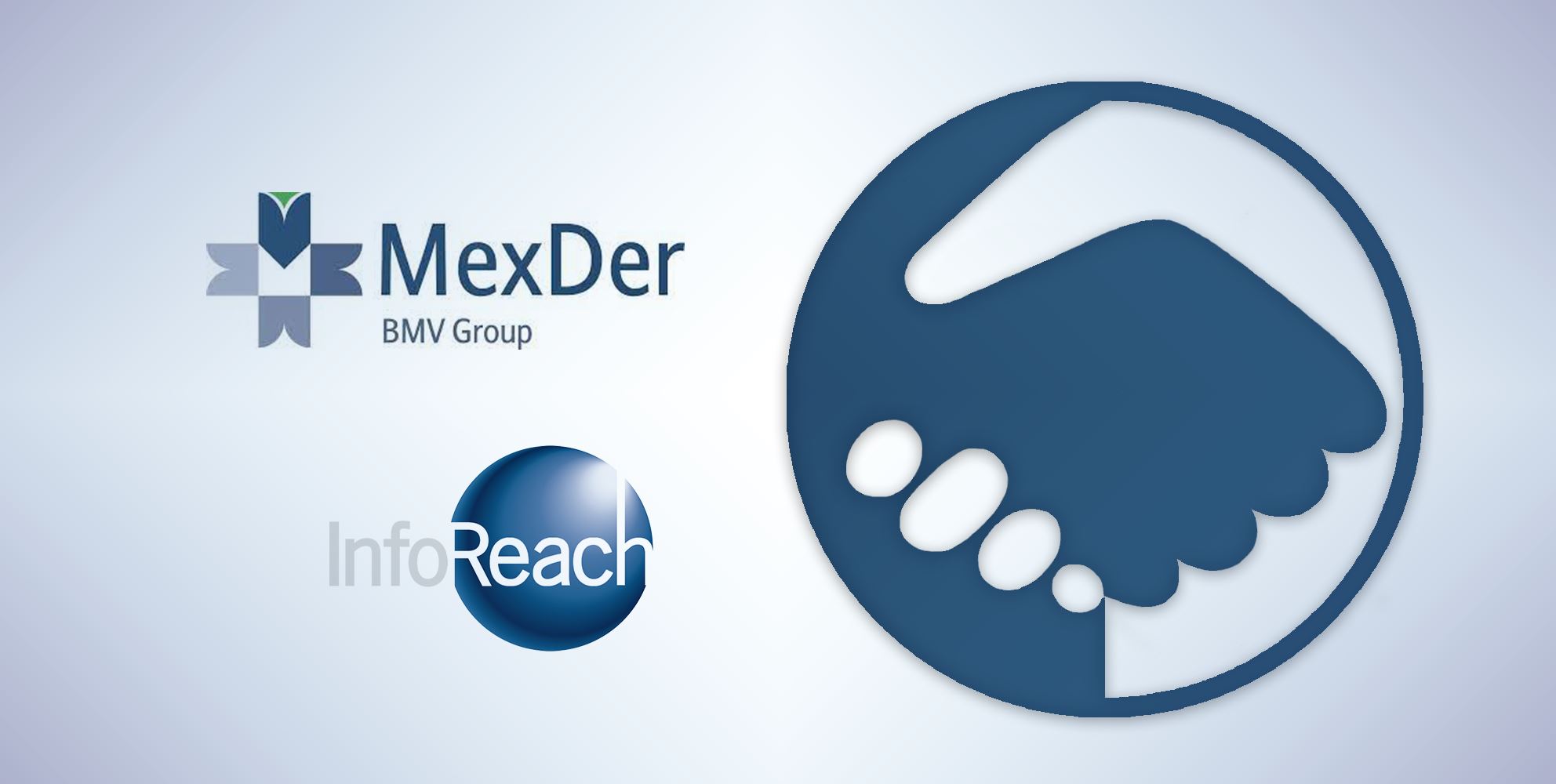As advances in technology give the buy-side trader seemingly limitless options, the boundaries between in-house and third-party tools and services continue to shift.
Front-office outsourcing is now mainstream and available in all sorts of shapes and sizes. Yet it can still be a challenge to manage. “Firms are looking for very different operating solutions with different cost-benefit profiles,” says Paul Charie, head of buy-side EMEA sales for technology vendor Fidessa. “In the hosted delivery space this ranges from a simple, one-size-fitsall, software-as-a-service (SaaS) model, to an application service provider (ASP) model where the service is configured for each client. Then there’s a vendor managed enterprise service or a classic enterprise software solution where the client manages all the operations. The managed enterprise model gives the optimal solution for customisation versus total cost of ownership (TCO).”
These e-services can also be mixed and matched. “Our clients use our ASP offering to meet their requirements by connecting to their own broker networks or specialist services in real time,” explains Alex Iwinski, business development manager, Northern Europe, at trading system supplier Linedata. Clients may take the Linedata Longview multi-asset order management system (OMS) but then link through to a specific execution platform for fixed income, another for equities or commodities, and then some third-party portfolio analytics and back-office services. “Some clients send all their posttrade data to a third party for aggregation or allocations, confirmations and settlement,” says Iwinski. “It can be quite complex. Therefore our ASP offering has to be flexible.”
“In general we try to outsource whatever does not add value, and insource those things that add to our knowledge of the market and give us data for modeling,” says Mark Holt, head of systematic implementation at London-based hedge fund BlueCrest Capital Management. “We make these decisions all the time. It’s part of the business.” Holt admits that judging what knowledge you need can be quite tricky: “You don’t know what you don’t know until you know it. So sometimes we might take some things in-house only to find it does not add value or to repackage it more effectively, and then we’ll outsource it again. If we adopt new strategies then the balance will be different again, and we might insource something. You might call it component outsourcing. Knowing how all the pieces fit together also protects our intellectual property.”
At AXA Investment Managers, the Trading and Securities Financing team (TSF) operates under the principle of segregation of responsibilities: thus execution, undertaken by trading specialists, is separated from order creation, undertaken by fund managers. “The markets are too complex for non-specialists,” says Paul Squires, head of trading. “So we were happy to separate our execution management system (EMS) for traders from the OMS technology used by our fund managers.” Such is the segregation in fact that TSF, trading desks in both London and Paris, are separate legal entities, enhancing the extent to which it is seen as an outsourced service.
Squires explains that the firm’s OMS was just not able to provide them with liquidity analysis, access to broker algorithms, and the key execution information all on one screen, such as pre-trade analytics from the blotter. Moreover, as the number of trading venues multiplied with fragmentation their small IT support team became overloaded just keeping up with changing connectivity. “We therefore assessed independent EMS solutions that offered us those capabilities,” says Squires.
Competing visions
These trends have made outsourcing highly competitive. “We’re increasingly seeing the sell-side offering technology services to the buy-side given increasing costs and continuing low volumes,” notes Al Moore, a co-founder of Fixnetix, the front-office outsourcing specialist. “Even if firms are not consciously sensitive to latency, it can still be interesting to have a high-performance platform to get more efficiency. For example, we had one long-only trader who kept incurring implementation shortfall on his trades because he tried to ping many dark pools on the way to market. Without a low-latency platform he couldn’t do it efficiently.”
Globalisation is even creating opportunities to outsource the trading function entirely, as Chris Jenkins, managing director of agency broker and technology provider Tora Trading, based in Hong Kong, explains: “We provide technology to investment firms, both hedge funds or mutuals, but in addition we provide execution covering mainly equities, futures and options, including our own crossing pool. For firms who perhaps want a local presence in Asia without the costs of setting up their own office, we offer a complete outsourcing of the dealing function. We trade in the client’s name on their behalf with their broker panel or counterparties. It’s just like an in-house desk, only much cheaper. Our clients also get the commission credit from the broker for example.”
Alternatively Tora can execute in its own name on the client’s behalf, thus providing additional access to brokers and consolidating trade allocation and settlement so the client only needs to deal with one counterparty. “This model is most appealing to clients that have their core operations outside the Asia region,” says Jenkins.
Given current market conditions it is not surprising that a growing number of firms are choosing to outsource. “Small- to medium-sized firms and hedge funds will often outsource completely,” says Tom Driscoll, managing director, global, at Charles River Development, “while larger firms with particular corporate standards and procedures prefer a more ‘a la carte’ solution in some cases preferring application management inside their own firewall, where they can do some things themselves.”
Driscoll sees FIX administration as another popular option, with close to 100% take-up for their new clients, because of the simplicity and labour savings. “We leverage a large FIX team across many clients so our resources per customer are far more efficient than a firm managing FIX for themselves,” confirms Driscoll. “We also do significant up-front testing and certification of each broker on our network, which simplifies the downstream FIX support for each client.”
Diverse drivers
“The reasons clients outsource vary,” argues Charie at Fidessa. “Some people look for fast time to market, others for greater cost transparency and reduced operational complexity. Globalisation, regulation, the technology arms race and operational risk transfer have all influenced outsourcing decisions in recent years.” He notes that some firms are very focused on the facts and providing quantifiable efficiencies, but there is an emotional side too. “People are understandably reluctant to give up control of something they own and love and worry about the potential to lose flexibility,” says Charie. “We’re very sensitive to that.”
Does open sourcing the front-office suit everyone? “Long-only firms can probably outsource everything except the investment decisions,” observes Allen Zaydlin, chief executive officer of trading technology provider InfoReach. “Hedge funds are in between, sometimes doing more or less in-house. A lot depends on a firm’s culture or its CEO. He may give each desk the option to choose or decide to consolidate with one supplier to save money, but it’s very hard to please everyone with common components.” Zaydlin notes that sometimes there’s a completely different agenda, “Money doesn’t come into it. They just want to manage the technology in-house until there is a serious crash. Then they want to hold someone else to account and the agenda shifts again.”
High-frequency traders, of course, want to be the fastest and do everything themselves. “Then,” says Zaydlin, “they discover how difficult it can be to retain staff, commitment and competitive edge, so they might outsource the execution, and just write the algos in-house. As a service provider I can’t sell something as the fastest, but I can aim to be in the top 1%.” According to Zaydlin, InfoReach has been benchmarked as five times faster than code developed inhouse. “It’s not as easy as people think,” he says.
Even outsourcing the trading function is attracting a wide range of buyside firms. “Some clients might grow the business with us, and then take it back in-house, when volumes justify the investment. Others might trade for a while, but then cut back in a downturn,” says Jenkins. “That’s much more costly with your own team. Time to market is another thing. We can be up and running straight away, compared with over six months to get going on your own.”
Counting the costs
So how do investment firms reckon their TCO? Bloomberg’s Asset & Investment Manager (AIM) division has been running since 1991 as a hosted solution attracting nearly 600 buy-side firms. “What we have found was that just 30% of costs for in-house systems were paid to the actual technology vendors. The other 70% of the spend went to items such as staffing to support the technology, hardware costs and business continuity planning,” says AIM global head Dan Matthies.
However, many costs are hidden or difficult to assess. “We chose an ASP solution for our EMS because it came complete with standardised FIX connectivity and a platform for smoother onboarding of new connections,” says Squires at AXA. “This has reduced not only our costs, but indirectly those of our brokers as well.” Because the EMS servers have to link to brokers and AXA’s other pre- and post trade partners, there was potentially an add-on cost for counterparts. “Making sure that our broker panel was either already connected or could be at reasonable cost was therefore essential,” insists Squires. “This is especially important for smaller brokers scattered around Europe where the add-on costs could be large compared to their revenues from us.”
“Buy-side firms do understand that third-party connectivity costs money,” says Iwinski. “Linedata tries to keep these costs down and the industry has a number of different models for recovering costs from brokers, including basis points or a flat fee per trading seat or per desk. We can also pass the costs directly back to the buy-side, but, unsurprisingly, they usually aren’t receptive.” Iwinski notes that some sell-side firms are also reluctant to take on such costs without a firm commitment to a certain volume of execution. “We know one firm who actually cancelled an outsourcing agreement with another provider because of the impact on their brokers,” he says. “Buy-side firms clearly need to take these third-party implications seriously, when choosing a supplier.”
Bloomberg’s Matthies also stresses the benefits of being part of the broader client community. “For example, when a client wants to invest in a new, emerging market centre or asset class, or meet the compliance demands of Dodd-Frank or UCITS, in most cases we’ll already have developed the necessary tools, thus reducing both time to market and costs.”
Hidden benefits
Evaluating such hidden benefits can be a challenge. Take support, for example. “All our specialists sit in one large centre and are aware of what is going on across the global network,” says Moore at Fixnetix. “There are no silos to contend with, each sitting in separate buildings, as in many sell-side firms, for example. This enables us to be much more agile. Moreover, we don’t try to hand things off from one regional centre to the next in a follow-the-sun approach. It’s difficult to maintain knowledge and really understand what’s going on since everything is interdependent.”
“How should we value technology benefits when the technology targets are evolving so quickly?” asks Zaydlin at InfoReach. “How do you assess software flexibility or 24×6 market-savvy support when they don’t have an explicit cost assigned to them? Yet the pace of change keeps accelerating and if your suppliers don’t keep up, then all your investment may be wasted. We actually draw less than 5% of our revenues from customisation and professional services, because our core software is so configurable out of the box. We don’t charge for that configuration. How should investment firms value it?”
For Fixnetix, the value add is focused on speed. “We’re driving the use of hardware solutions into the nanosecond range for pretrade risk checks that will enable firms simply to outpace their competitors,” confirms Moore.
Sometimes, the benefits depend on the user. “Some people say that algorithms have become commoditised,” observes Squires at AXA. “However, since our new EMS easily allows us to compare them, we’ve found them to be highly varied based on their smart order routing capability and available algorithm strategies and so have already developed new preferences in many cases. This has been a significant benefit.”
Communities of interest
Many providers are keen to emphasise the added value of their community of users, as Charie at Fidessa explains: “We also offer information services based on the data we accumulate in our ticker plants from exchange and transactional data going through our network. Our Tradalyzer tool, for example, assesses the quality of a particular buyside trade for a given size and average priced order executed across a historic time horizon against our consolidated view of the trading landscape at that time. We have over 350 million messages through our network every month, which represents a huge asset. Thus our network has become the hub of a business community.”
For Iwinski at Linedata, integrating third-party solutions into a single dashboard is increasingly popular. “People want to reduce the number of applications on their desktop and simplify interoperability. Our Linedata Trader+ solution can allow users to select a single security or group of securities and then evaluate them using any third-party application over the Internet, such as pre-trade analytics or liquidity tools. It’s like the Internet concept of a ‘mash-up’. We can build the screen on demand from a number of third-party e-services to give a seamless but customised user experience without impacting on our core product. Buy-side firms often do not realise this is even possible but it can improve trader productivity enormously.”
Given such limitless opportunities, the trend to front-office open sourcing looks set to continue.
Bob Giffords is an independent banking and technology analyst Bob.Giffords@btinternet.com






